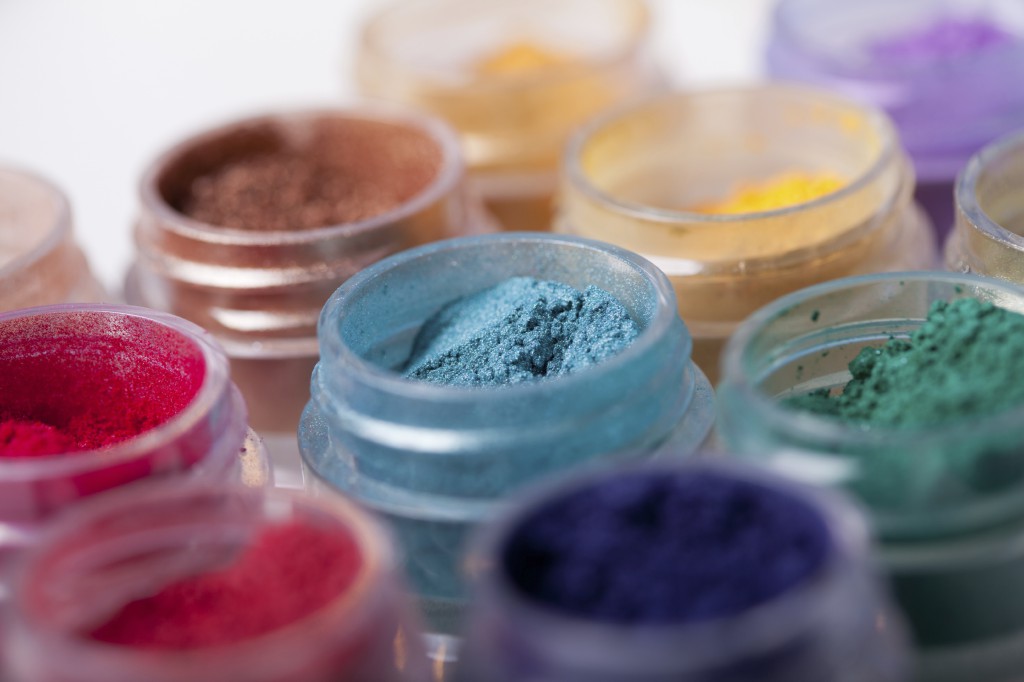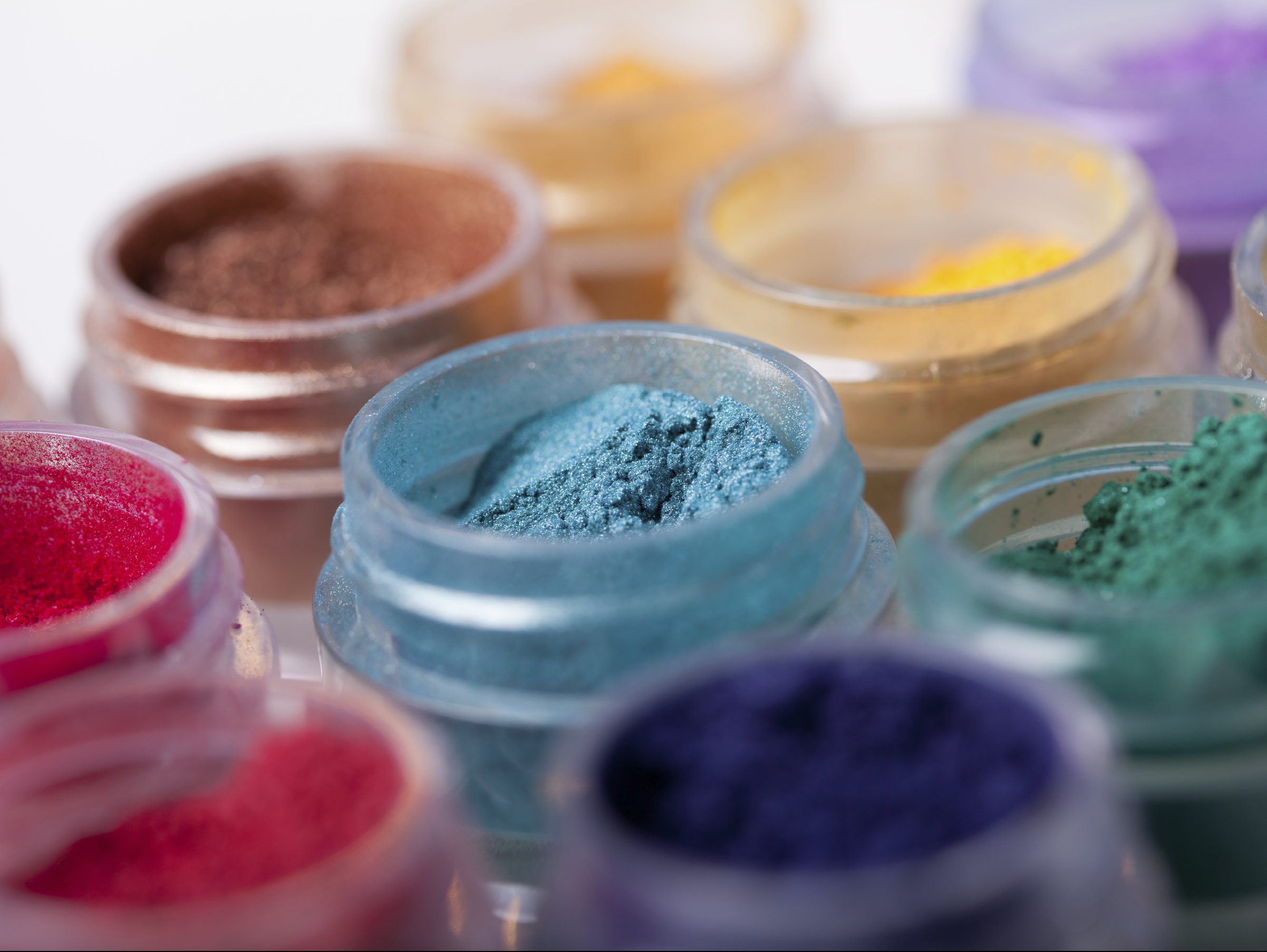Belinda Carli, cosmetic chemist and director of the Institute of Personal Care Science, gives us her professional opinion on mica’s purpose in colour cosmetics.

What exactly is Mica?
“Mica is a mineral powder which is used in colour cosmetics,” says Belinda Carli, Cosmetic Chemist. “It is found in liquid, powder products, and commonly lip products as well.”
Why do cosmetic chemists use it?
“It is a very inert substance,” says Carli. “Chemists use it to regulate the powder content of a product -both for skin feel and opacity without impacting the colour. It is a pleasant feeling material, which helps a chemist achieve this balance.”
What are some of the skin benefits or side effects of Mica?
“There are no benefits besides a nice ‘slip’ to the skin feel,” says Carli. “There are no side effects on the topical application of mica.”
What if we breath it in?
“Like any type of powder, mica can make you cough or sneeze if inhaled – but so does cooking flour!” says Carli. “It should not be considered hazardous if a powder makes you cough or sneeze if inhaled – that isn’t how its supposed to be used for cosmetic purposes.”
So is mica just a filler ingredient?
“The concept of ‘fillers’ is not [actually] correct,” says Belinda Carli. “When putting together a formulation, you have four ingredient ‘roles’ – functional, structural, supportive and added extras. [Mica is] structural, which [means it] manipulates the product ‘form’ to be either what is expected by a consumer, or what is required for application.”
What does 100 per cent by weight mean in cosmetic chemistry?
“This means that while colour cosmetics must have suitable functional ingredients to ensure they perform the way they are intended, they also need a certain input of these so-called ‘fillers’,” says Carli. “These ingredients aren’t actually used to dilute or ‘fill’ a product, but instead make them useable. This ensures the product will be [the right] form and consistency to [create] an aesthetic result.”
IPCS provides distance and on-site training in Cosmetic Formulation, Brand Management and Regulatory Affairs. Contact belinda@personalcarescience.com.au or visit www.personalcarescience.com.au for more information.
www.personalcarescience.com.au

